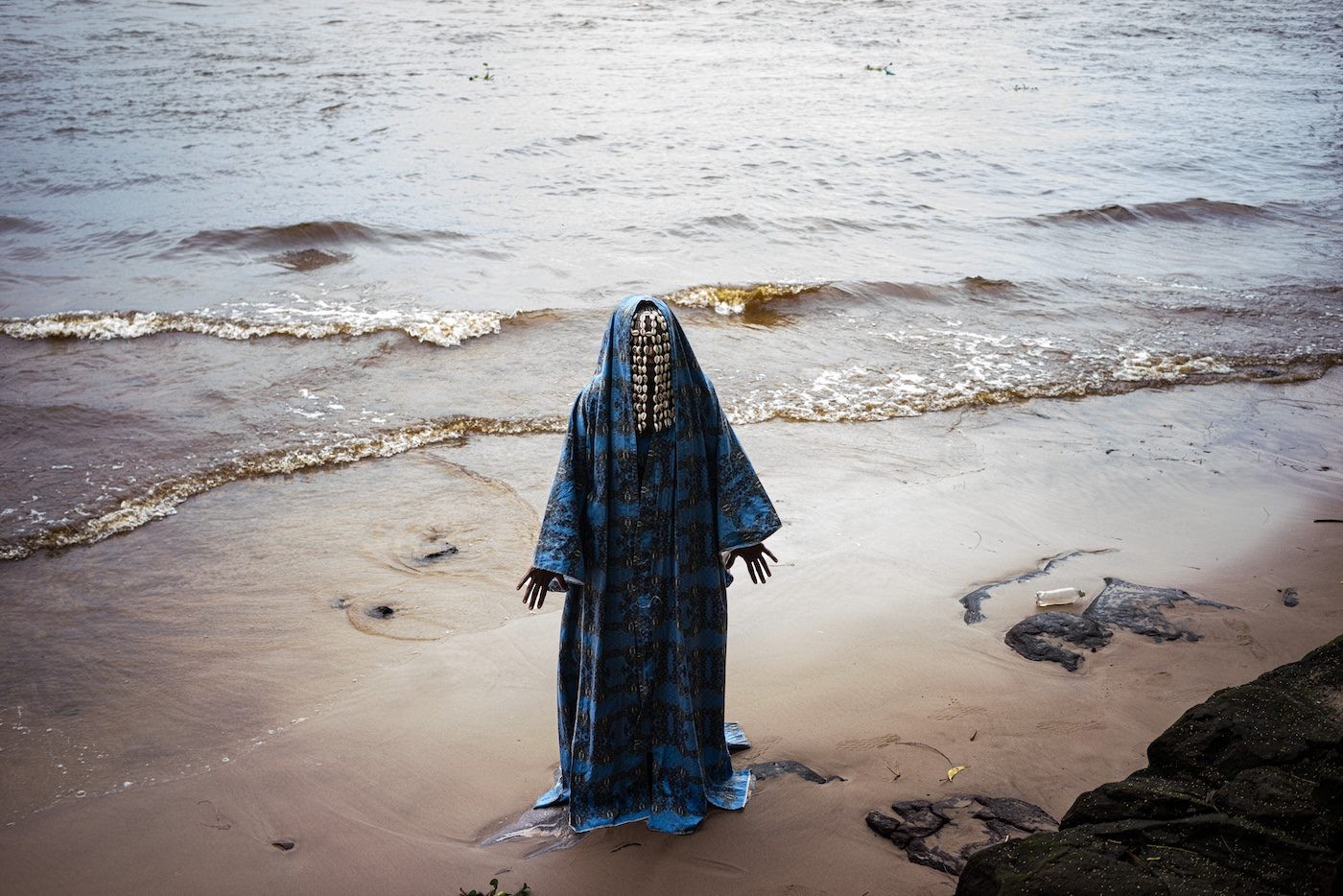"The Alle School of Fine Arts and Design has undergone major changes"

12 September 2014
Magazine C& Magazine
7 min read
In the series Curriculum of Connections, we bring together critical voices, ideas, and projects working towards educational, artistic, and research practices. In this space, we learn, unlearn, and co-investigate old and new territories of knowledge systems, collaborations, and imagination. . For more than five decades, Alle School of Fine Arts and Design, the only art school …
In the series Curriculum of Connections, we bring together critical voices, ideas, and projects working towards educational, artistic, and research practices. In this space, we learn, unlearn, and co-investigate old and new territories of knowledge systems, collaborations, and imagination. . For more than five decades,Alle School of Fine Arts and Design, the only art school in Ethiopia, has single-handedly produced prominent artists and has contributed to the art community. All notable Ethiopian painters, sculptors, designers, and printmakers have passed through the gates of this school. Founded by Alle Felegeselam, one of Ethiopia’s prominent artists, the school has experienced many ups and downs. Led by a young blood, the art school is presently undergoing a variety of transformations. Berhanu Ashagrie Deribew, head of the Alle School of Fine Arts and Design at Addis Ababa University for more than two years, caught up with Tibebeselassie Tigabu to talk about the progress the school is making. Tibebeselassie Tigabu: How did you implement the plans you developed before you became director of the school? Berhanu Ashagrie Deribew: Things are not always what they seem. Some things might look easy but when it comes to practice they turn out to be difficult. The curriculum had and still has its own problems. The major thing that we are working on is a revision of the curriculum. The proportion of theory is very poor; the ratio of theory vs. practice being 10/90. Graduates may be skillful, but do not obtain the competencies they need to meet the challenges of the international arena or even the local stage. They are incapable of fully comprehending and explaining their works. In 2010 we revised the curriculum. Our concern then was to broaden the theoretical part to comprise 30 percent. Though there were some difficulties among the students as well as with the teachers, we were persistent in changing it [the curriculum]. And in 2012 we undertook the second curriculum revision within three years. Since our educational system was not open we tried to incorporate the international aspect. Now we are working with eight international institutions. Within this framework the students discuss the meaning of being a contemporary artist and what it takes to be an artist. Workshops and discussions are complementing the curriculum. We are also planning to establish an exchange program. Tibebeselassie: What did the curriculum revision entail? Berhanu: We developed some courses which incorporated the international aspect. We also hired expatriate teachers to bridge the gap in expertise. Furthermore, we added theoretical elements to existing practical courses. We also eliminated some courses which did not embody contemporary developments. Tibebeselassie: What were the aims of the school when it was started? What kind of evolution did it undergo? Berhanu: During those times there were not a lot of people who actually went to art school. The founder of the school, Alle Felegeselam, went to an American school during the reign of Emperor Haile-Selassie and when he returned from the US, he founded the school with the help of the emperor. During that time, painters who created traditional church paintings, icons, enrolled in the school. So did aspiring artists, soldiers and teachers. The school’s main purpose was to provide teaching on “modern art”. So, courses were offered in painting, drawing and graphics. Over time, these courses were expanded and new courses were added. Now the school has five departments: painting, printmaking, sculpture, design, and art education. This indeed is an expansion. The conceptualities have also changed and the teachers have evolved, being able to see things from different perspectives. The school is always evolving. In the beginning it was called the Addis Ababa Art School (Ye Addis Ababa Sinetibeb Timhirtbet), which was recently changed to Alle School of Fine Arts and Design. Now it is affiliated with the Addis Ababa University. It has undergone major changes. Tibebeselassie: Do the students take part in many workshops and projects? And are they encouraged to experiment as part of their learning experience? Berhanu: These things are difficult. Seven, eight years ago, I was also still a student. At the time there were no alternatives. Most of the professors were very old and adhered strictly to the limited curriculum. Now the students are freer after their 3rd year; one of the courses has an experimental dimension. They can use any medium they want and create anything they want. However, we cannot say they are absolutely free because there is limitation when it comes to the material. Contemporary art is demanding; it needs material and it needs space. Although the students are constrained by the inaccessibility of material, they appreciate the opportunity they are given. Tibebeselassie: What kind of support system do you envision for graduating students? Berhanu: The school supports them until they have completed their degree. But after graduation, they are on their own. There is no follow-up and we do not know where most of our graduates end up. I think this [tracking the career of graduates] is a responsibility of the government as well as the city administration. We cannot ignore the efforts of some artists who are socially responsible. This should be supported. In many countries there are foundations supporting artists and the governments allocate a budget towards this end. But here in Ethiopia both are non-existent. It would be good if there were a system providing an alternative for these artists. They become vulnerable, particularly a year after graduation. So, if a trust or a foundation took them in and introduced them to the outside world, they would be able to take the next step. Many struggle, many are lost, but some never stop struggling. Tibebeselassie: How is the reception of contemporary art? Do you think the audience is “elitist” and misunderstands it? Berhanu: Many might not think “unconventional art” is indeed art. Nonetheless, they respond to it. The level of understanding differs. Audiences question, reflect and respond to it, though their perception might not concur with the idea the artist wants to convey. When it comes to contemporary art, there is no specific form. The outcome might not function on a commercial level and cannot be sold or bought. For instance, a video installation cannot be sold. It is not like a painting, which is two-dimensional. That is why this form of art is not so expansible and many artists do not take it up. It’s expensive and does not guarantee financial returns. In the case of a performance it ends just there. Therefore there is a need for philanthropists whose support inspires artists. Especially since the government is not supporting them. Artists are forced to pay taxes like business entities. This is very critical. The lack of understanding is apparent everywhere. This calls for the different stakeholders and the artists to join forces for change. Tibebeselassie: What else is important for art students and emerging artists? Berhanu: There should be a better access to materials. We need extracurricular activities for our students. And the budgetary and resource constraints affecting the institution need to be dealt with. The educational system has many problems. In the past, the students who enrolled in the institutions were more experienced and wanted to explore their talent. The students nowadays relate art to tourism and therefore want to obtain a proper understanding of art. The artists also need to interact among themselves and there should be institutions offering support to graduating students.Netsa arts village, an organization to support contemporary art practice in Ethiopia, contributes to the development of art; it inspires and energizes many people. This change is promising. Also, we are going to start a Masters program in film production and introduce a Master of Fine Arts.
Based in Addis Ababa, Tibebeselassie Tigabu is a journalist and assistant editor with the newspaperThe Reporter.
Read more from
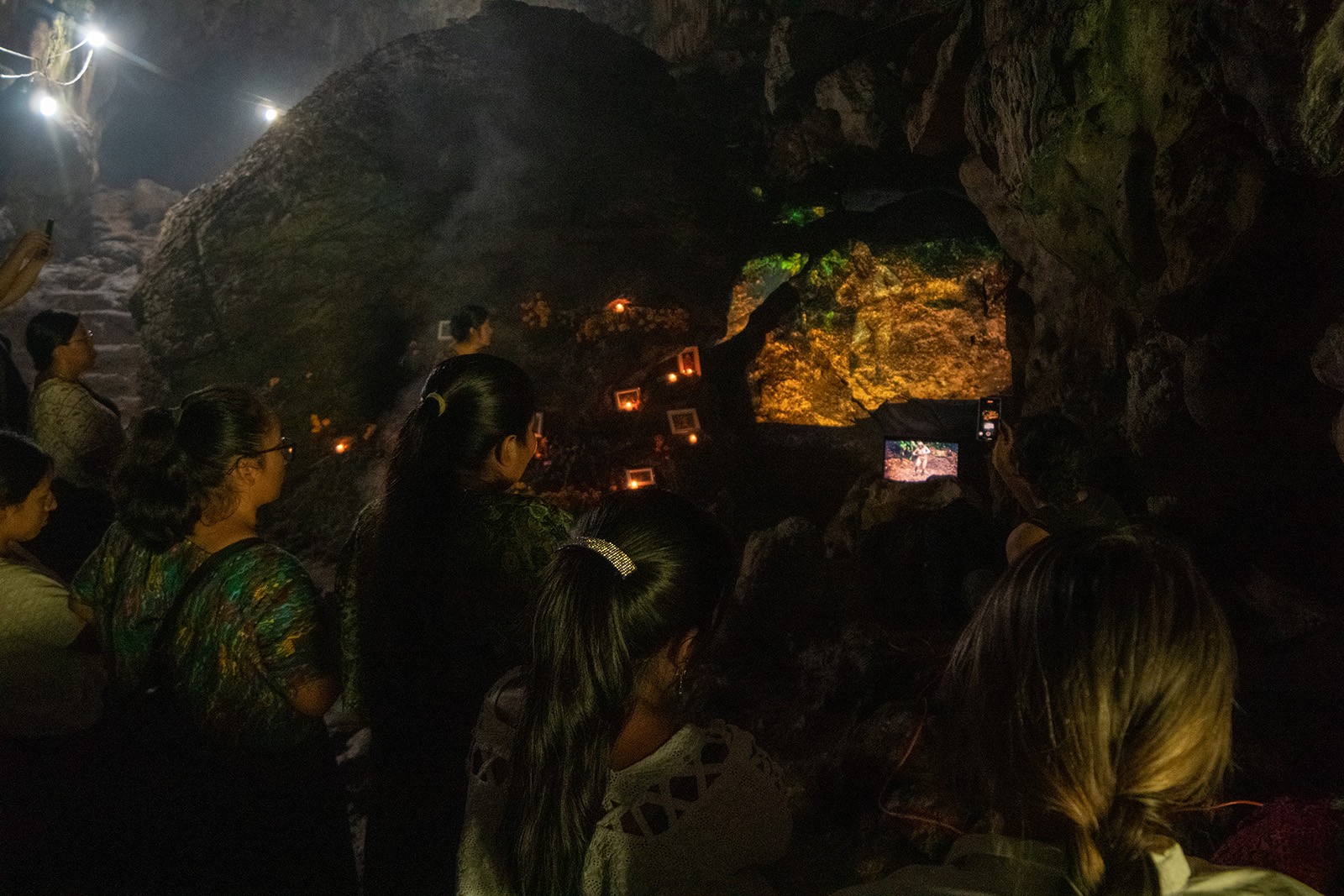
Esperanza de León: Curating Through Community Knowledge
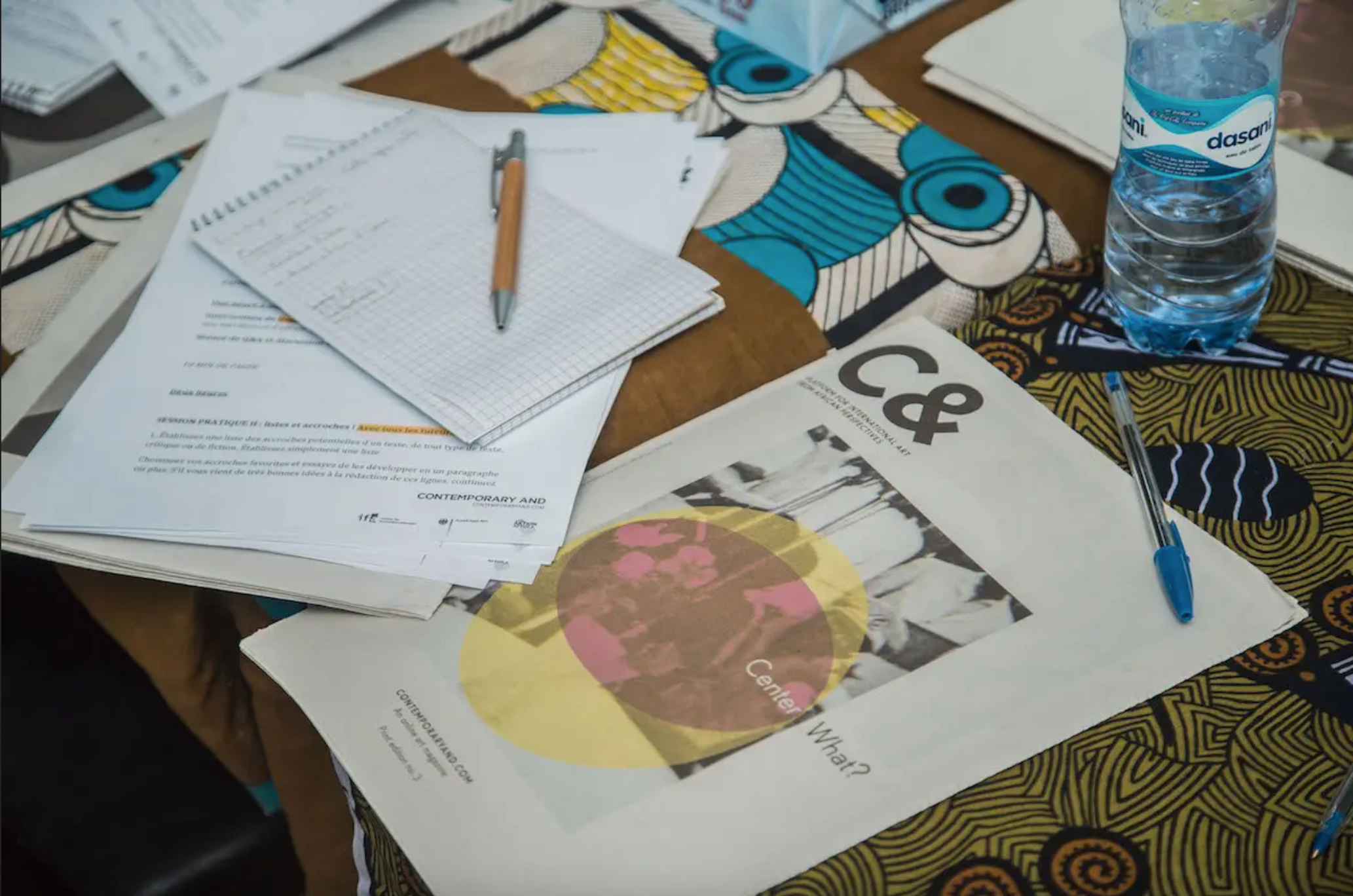
Terra Foundation for American Art funds C& Critical Writing Workshops and C& Mentoring Program in 2023
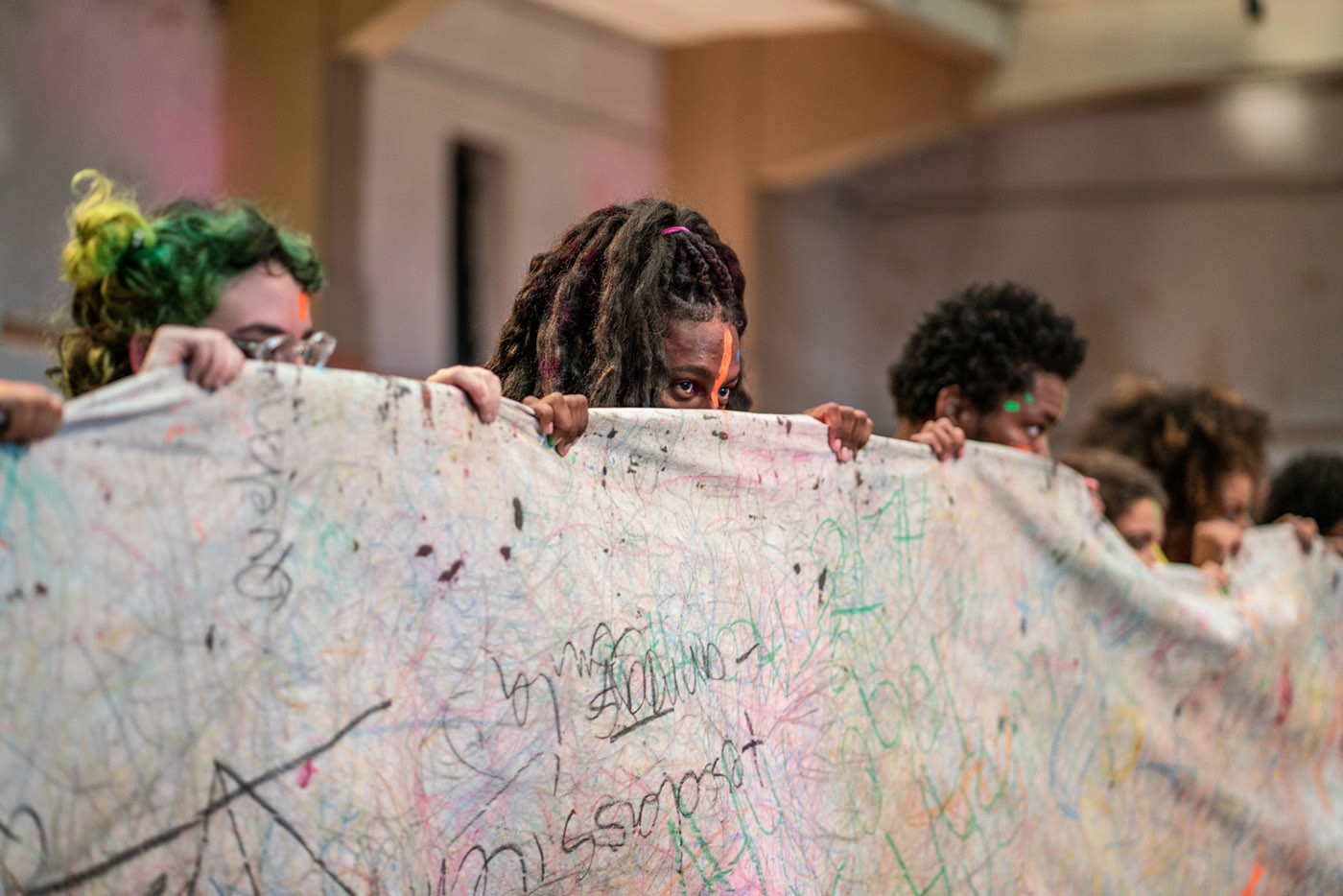
Bodies of Revolt: ColetivA Ocupação and the transgressive practices of art and education
Read more from

MAM São Paulo announces Diane Lima as Curator of the 39th Panorama of Brazilian Art
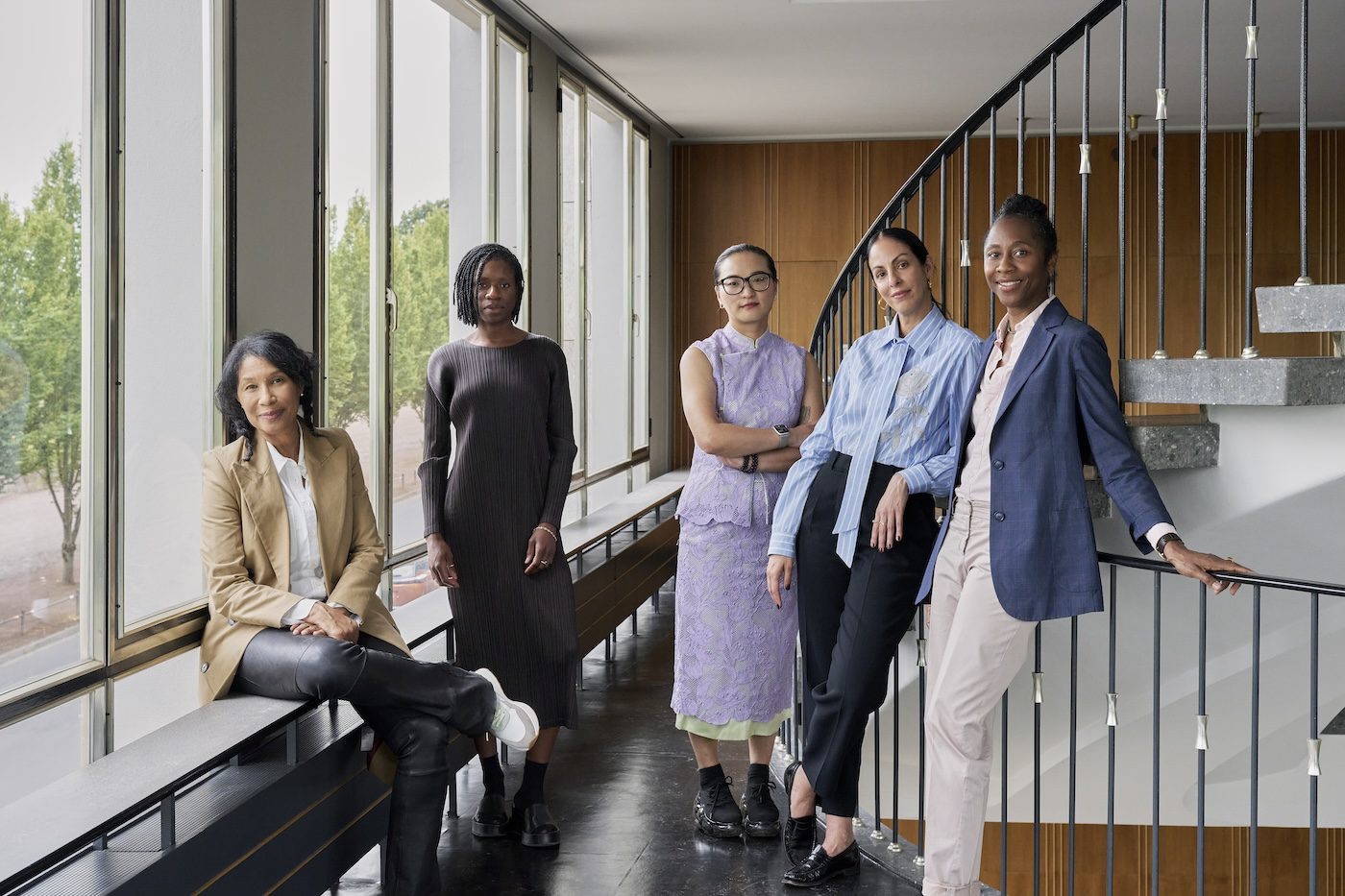
Naomi Beckwith Unveils Core Artistic Team for documenta 16
